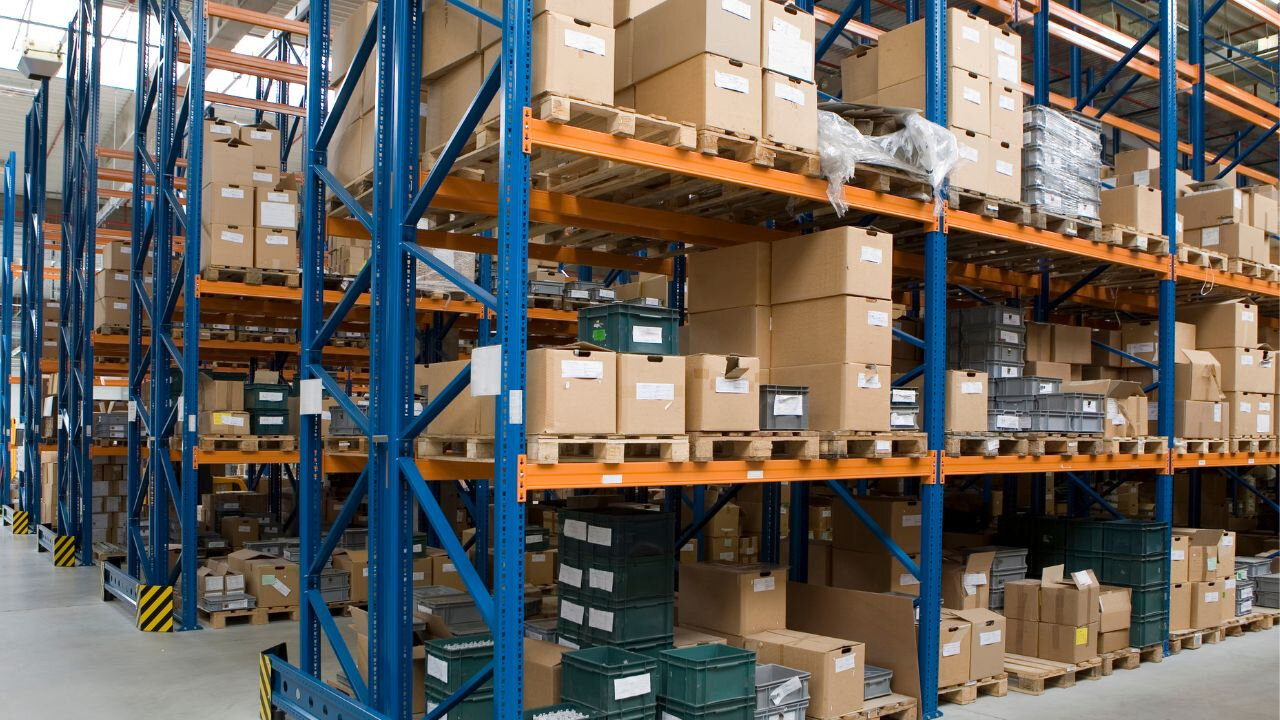September 24th, 2024, Laser Cutting
In 2024, the demand for precision, safety, and durability in material handling equipment (MHE) has never been greater. This equipment, which includes everything from conveyors to cranes, plays a crucial role in the efficiency of industrial operations. The method of execution is the determining factor when it comes to meeting rigorous manufacturing standards. One such method is laser cutting. This article explores the role of laser cutting in producing material handling equipment and how it ensures both safety and durability in the final product.
Material handling equipment refers to a broad range of tools, vehicles, and structures that are used in various industries to move, control, protect, and store materials. This may include forklifts, conveyor systems, hoists, cranes, and storage racks, among others. The primary purpose of MHE is to streamline production processes, reduce labor costs, and enhance workplace safety.
Given the demanding environments in which MHE operates, it’s essential that these tools are built to withstand heavy use and harsh conditions. This necessity places heightened importance on the MHE and manufacturing techniques used to produce them. The reliability and longevity of MHE directly impacts operational efficiency, making the choice of manufacturing methods a critical decision for companies across sectors.

Manufacturing material handling equipment involves several key processes, each chosen based on the specific requirements of the equipment being produced. Traditional methods include welding, stamping, and machining, all of which have their respective advantages and disadvantages.
Each of these methods plays a role in the fabrication of MHE, but they also come with limitations, particularly when it comes to meeting the stringent demands for precision and durability. This is where laser cutting emerges as an appealing alternative, offering enhanced accuracy, efficiency, and customization.
Laser cutting has revolutionized the manufacturing of material handling equipment by providing a method that is both precise and adaptable. This technique uses a high-powered laser beam to cut through metal with exceptional accuracy, allowing for the production of intricate designs and tight tolerances that would be difficult to achieve with traditional methods.
One of the primary advantages of laser cutting is its ability to maintain the integrity of the material while creating highly detailed and complex parts. Unlike mechanical cutting, which can introduce stress and deformation, laser cutting is a non-contact process. This means that with laser cutting, the material is not subjected to the same physical forces, which results in cleaner cuts and smoother edges.
Additionally, laser cutting is highly efficient. It reduces the need for secondary processes, such as deburring or finishing, which are often required with other methods. This efficiency not only shortens production times but also lowers costs, making laser cutting an economically viable option for manufacturers.
In material handling, where equipment is often subjected to extreme conditions, the durability of the components is paramount. Laser cutting ensures reliability by producing parts that meet exact specifications without compromising the material's structural integrity. This precision helps to eliminate the risk of component failure.
For businesses in the automotive sector, where precision and durability are non-negotiable, incorporating advanced laser cutting technology into your manufacturing process can be revolutionary. At BSG, we understand the unique challenges faced by the automotive industry, particularly when it comes to producing material handling equipment that meets the highest standards of safety and performance.
Our state-of-the-art laser cutting machine is designed to handle a wide range of materials and thicknesses, ensuring that you can produce everything from the most delicate components to robust structural elements with ease. Whether you’re manufacturing conveyor systems, storage racks, or specialized handling equipment, our laser cutting solutions offer the flexibility and precision you need to stay ahead in a competitive market.
By partnering with BSG, you’ll gain access to cutting-edge technology that enhances your production capabilities and improves the quality and reliability of your final products. Our machines are built to deliver consistent performance, helping you maintain the highest levels of safety and durability in your material handling equipment. Contact us today to get started on your next laser cutting project.
Learn more about how our laser cutting machine works here.